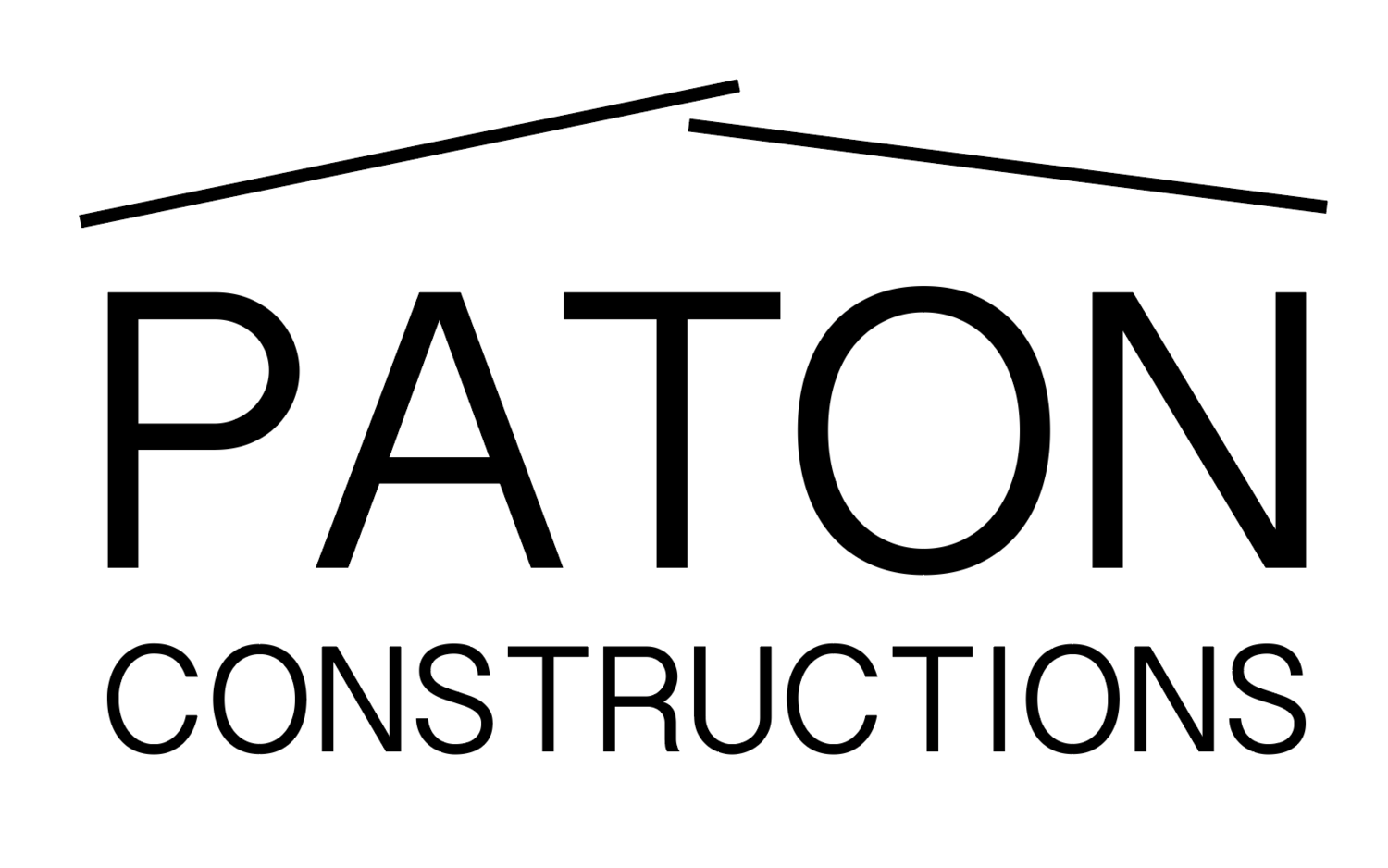Energy efficient housing involves making use of the available solar energy during winter to warm your house, whilst excluding this solar energy throughout summer to keep your house cool.
This is how we build
Performance of the average Canberra home :
In winter, turn the heating off and the home loses heat quickly. You’re cold. There will be little insulation and the heat will radiate or move out of the home. There will be air movement or leakage in all house surfaces, and your warm air will be removed from your home. Most homes get little winter sun into the inside therefore, little natural heating. Sometimes it’s colder inside the house then it is outside. A lack of light may also make it dark in spaces. Unfortunately, this describes many homes and the result can be depressing. Heating costs will be high and comfort will be low.
Performance of our homes :
If you put a hot cup of coffee on an outdoor table in the middle of winter, the coffee quickly goes cold. If it was in a thermos, the coffee would stay hot for some time. If the thermos worked “perfectly”, the coffee would not get cold. That’s the theory. Now let’s use it.
If we could have a perfectly insulated building we wouldn’t lose any heat. We also need the building to be air tight so we don’t lose the heated air. If we can face as many windows to the north, getting the suns energy into the interior, we can gain heat into our building.
Design and situation come hand in hand to provide a crucial set of rules when building an energy efficient home in the Canberra region. Energy efficient housing design in the Canberra climate involves making use of available solar energy for winter heating and throughout summer excluding this energy to ensure your home stays cool.
During winter this means maximising north facing window areas to allow the sun’s energy into the home. This energy must then be stored in internal thermal mass such as a concrete slab floor or areas of internal brickwork. The stored energy then needs to be retained through the use of insulation in the external walls and ceilings.
During summertime this means minimising the effect of the sun’s heat through the use of roof overhang and shading windows. West facing windows should be minimised and well shaded while external walls and ceilings need to be well insulated. Cooling the home’s internal thermal mass with good cross-ventilation overnight helps to keep the interior cool the following day.
Using this simple criteria will keep a house warm in winter (20-28°C) and cool in summer (15-25°C) without the need for heating or air conditioning. In addition, today there are many new appliances and fittings available that will enhance the energy efficiency of your home; Solar hot water systems, water efficient fittings and back to grid solar panels.

